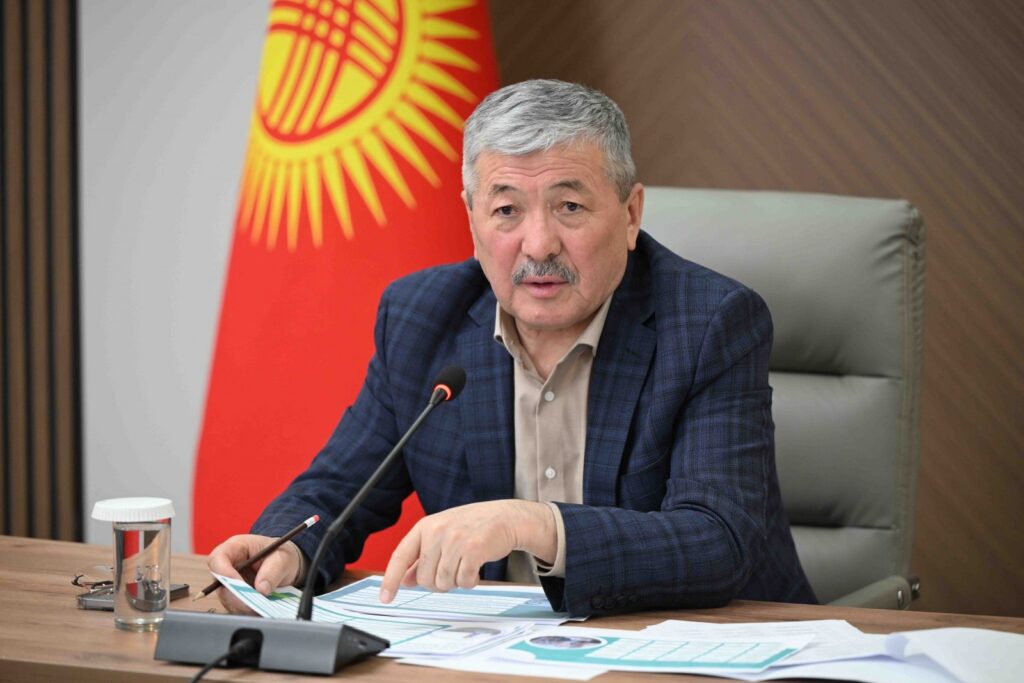Kyrgyzstan Reports Strong Economic Growth in Early 2025
Kyrgyzstan’s economy continued its upward trajectory in the first quarter of 2025, with GDP expanding by 13.1%, according to Prime Minister Akylbek Japarov. He credited the surge to positive developments across all key sectors prioritized by the government. The food industry posted remarkable growth of 71%, while the construction sector expanded by 69%. Investments in fixed capital jumped by 90% during the same period. A detailed economic overview published by the Ministry of Economy and Commerce highlighted that Kyrgyz businesses are adapting rapidly to shifting external conditions. The ministry also pointed to increased domestic demand and investment activity as key drivers of growth. "From January to March 2025, about 93% of total investments were directed toward mining, processing industries, information and communications, electricity and gas supply, and the construction of housing and educational institutions," the ministry stated. The construction sector alone contributed three percentage points to GDP growth. However, services remain the backbone of Kyrgyzstan’s economy, accounting for 4.5 percentage points of overall growth. Within the sector, trade made up 27.4%, transportation services 10.3%, and financial intermediation and insurance services another 10.3%. Annual inflation stood just below 7% in the first quarter, with average prices for consumer goods rising by 3.5% during the reporting period.






